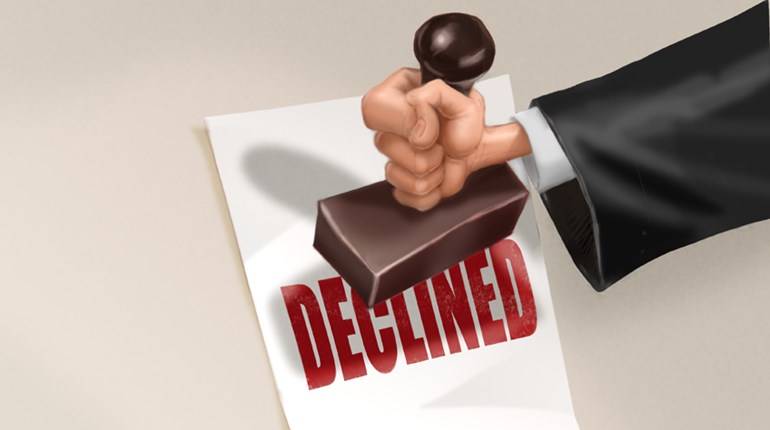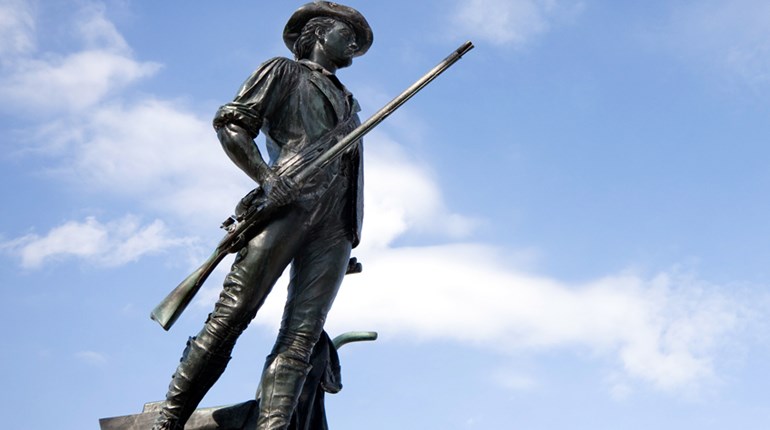
We’ve observed on a couple of previous occasions that few dates and their significance are more widely and correctly recognized by Americans than Independence Day.

The elevation of July 4 is undeniably merited. The primary author of the celebrated Declaration, one Thomas Jefferson of Virginia, was only 33 years old when his draft of the Declaration was ratified by the Continental Congress in 1776, and announced the separation of the North American colonies from Great Britain. It is unlikely the document could have had a better author. Jefferson was a highly educated attorney (his personal library would essentially re-establish the library of Congress after the British burned the original in the War of 1812, and he accepted whatever price the body offered for nearly 6,500 volumes). He would hold many offices and honors before he died on July 4,, 1826, including governor (Virginia), minister to France, secretary of state and, of course, third president of the nation to which he so dedicated himself.
But while the Declaration of Independence is in many ways more storied than the Constitution, it only launched the ship of state that became our nation. Appearing 11 years after the Declaration and 230 years ago this week, the Constitution saw to the running of the intricate enterprise that was, and is, the United States.
A constitutional precursor trudged through a ratification process that began in 1777 (Virginia), and ended roughly six months (Maryland, 13th and final) before Lord General Charles Cornwallis surrendered at Yorktown on Oct. 19, 1781. Those Articles of Confederation very much reflected the unsurprising colonial state of mind that dominated the era—profound mistrust of centralized, distant authority.
The resulting document gave a framework for operating a government that was quick to fray, and very nearly to fail altogether. The federal government could field an army—had indeed done so through the Revolutionary War—but essentially had no way to pay for it, lacking taxing authority. Concerted action on any international scale was all but impossible, and especially after the war led to trouble with Spain, England and the Barbary pirates (Ottoman Empire, but essentially autonomous city-states) among others.
The Articles’ greatest failures were in enforcement: The single House of Congress they created had practically no teeth. The states increasingly did as they wished, including failing to provide the national government with the funds it needed to run the young nation. Protectionism between the states burgeoned, and by 1786, Congress and the country were on the verge of paralysis at home and abroad.

May 1787 saw the convening of a new constitutional convention. Meeting in secret, the attendance of two states (Virginia and Pennsylvania) swelled to 11 by month’s end. As many as 12 states eventually took part through most of the summer, and two competing philosophical camps emerged. The New Jersey plan adopted the Articles’ unicameral character, with one vote per state in a single legislative body. In general terms, this favored the smaller states, and emphasized their independence.
The Virginia Plan contrasted in important ways, particularly in the creation of two legislative houses (what become the House and Senate), and granting representation based on population. This naturally favored the more populous states.
By early July, efforts were under way to merge the plans. Small states were given equal representation in one house, while larger states had proportional representation in the other. Many other compromises followed. Perhaps the most famous of these was the Three-Fifths Compromise, which limited the population-based dominance in the House of Representatives that southern, slave-holding states might otherwise have exerted.
Eventual fourth U.S. President James Madison—the acknowledged “Father of the Constitution” even in the day (though he demurred of the honor)—shepherded the negotiations to a final product. Sept. 17, 1787, brought the proposed new Constitution to light.

Mirroring the apprehensions of a decade earlier, many—including George Washington—believed that the weak central authority of the Articles was unworkable however finely recrafted, and quietly pressed for adoption. Spirited Federalist and Anti-Federalist arguments appeared in many forums, but survive best in the “The Federalist” (“The Federalist Papers” is a 20th-century appellation), a series of 85 essays published in three newspapers. Alexander Hamilton (51), James Madison (29) and John Jay (5) penned them in only 10 months.
Eleven of 13 states ratified the republic’s blueprint in 1788, though hardly with unanimity: Only 39 of 55 delegates signed (though all 13 states adopted the charter by 1790). With an apparently tireless George Washington at the helm, progress was slow, but steady. 1789 saw Federalist Madison—now a congressman—keep a promise to the Anti-Federalists and his Virginia constituency by introducing amendments to safeguard particular civil liberties.
In another of those odd historical synchronicities, the introduction of Madison’s “Bill of Rights” missed falling in the same week by but a day, albeit two years later, and includes what we now know as the Second Amendment. On this 230th birthday—or 228th, depending on how you count—it is worthwhile to remember the heritage of all our liberties, and the enduring wisdom and sacrifices of those who secured them for us all.
Frank Winn has been studying arms and their relationship to tyranny, meaningful liberty and personal security all his adult life. He has been a firearms safety/shooting instructor for more than 20 years, and earned state, regional and national titles in several competitive disciplines.

































